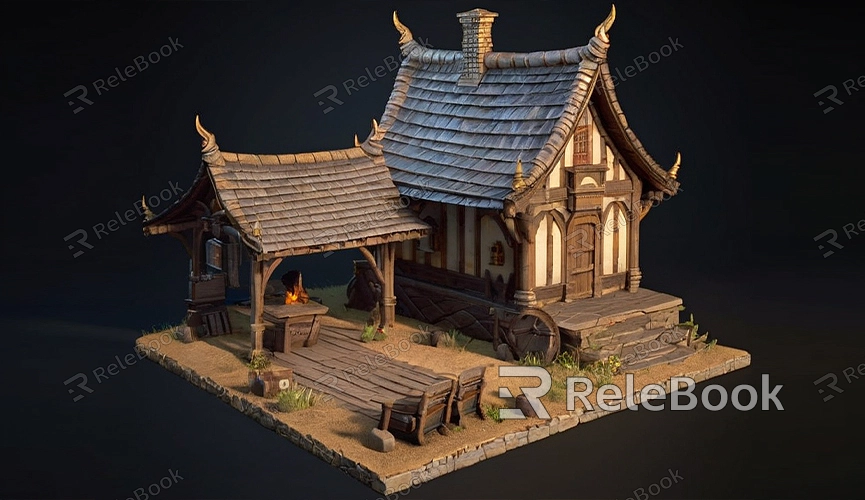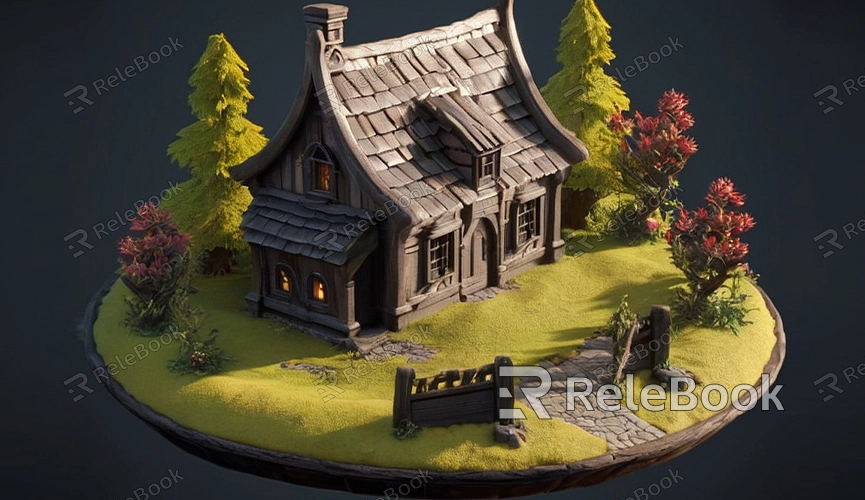How to Make 3D Models for Tabletop Simulator
Tabletop Simulator is a popular platform that allows players to create and share virtual versions of various tabletop games. Whether it's board games, card games, or other types of tabletop games, 3D models play a crucial role. This article will detail how to create 3D models for Tabletop Simulator, helping you create an outstanding gaming experience.
Choosing the Right Software
Before starting to create 3D models, you need to choose the right software. Commonly used 3D modeling software includes Blender, Maya, 3ds Max, etc. Here we will use Blender as an example to introduce the basic steps of creating 3D models.

Creating the Basic Model
1. Open Blender: Launch Blender and you will see a default cube. You can choose to modify this cube or delete it and create a new model.
2. Modeling: In Edit Mode, use the various modeling tools provided by Blender to create your 3D model. You can use tools like Extrude, Scale, and Rotate to gradually build your model.
3. Detailing: Once the basic shape is complete, you can further add details like sculpting and texture painting to make the model more realistic.
Adding Textures to the Model
1. UV Unwrapping: To ensure textures correctly cover the model, you need to perform UV unwrapping. In Edit Mode, select all faces of the model, then press `U` and choose the appropriate unwrap method.
2. Importing Textures: After unwrapping the UVs, you can import your prepared texture images. In Blender's UV Editor, click the “Image” menu, select “Open,” and import the texture.
3. Applying Textures: Apply the texture to the model and adjust the UV layout to ensure the texture displays correctly.

Exporting the Model
1. Choosing File Format: Tabletop Simulator supports 3D model formats such as OBJ and FBX. In Blender, select the “File” menu, click “Export,” and choose either OBJ or FBX format.
2. Setting Export Parameters: When exporting, make sure the model's scale and axis settings are correct to meet Tabletop Simulator's requirements. Typically, Tabletop Simulator uses the Y-axis as up, with a scale ratio of 1:1.
Importing into Tabletop Simulator
1. Launch Tabletop Simulator: Create or open a game table in Tabletop Simulator.
2. Importing the 3D Model: In Tabletop Simulator's “Objects” menu, select “Custom” and then “Model.” Click “Import” and choose the previously exported 3D model file.
3. Adjusting the Model: After importing the model, you can adjust its position, rotation, and scale to ensure it displays correctly in the game.
Testing and Optimization
1. Testing the Model: Test your 3D model in the game to ensure its appearance and functionality meet expectations. If there are any issues, you can return to Blender for modifications, then re-export and re-import.
2. Optimizing the Model: To ensure smooth gameplay, optimize the model by reducing the polygon count, simplifying materials, and using textures instead of high-detail geometry.
If you need high-quality 3D textures, HDRIs, or 3D model downloads for creating models and virtual scenes, you can download them from Relebook. After downloading, simply import the textures and 3D models into your project for use. These steps should help you create excellent 3D models in Tabletop Simulator, providing a better gaming experience for players.

